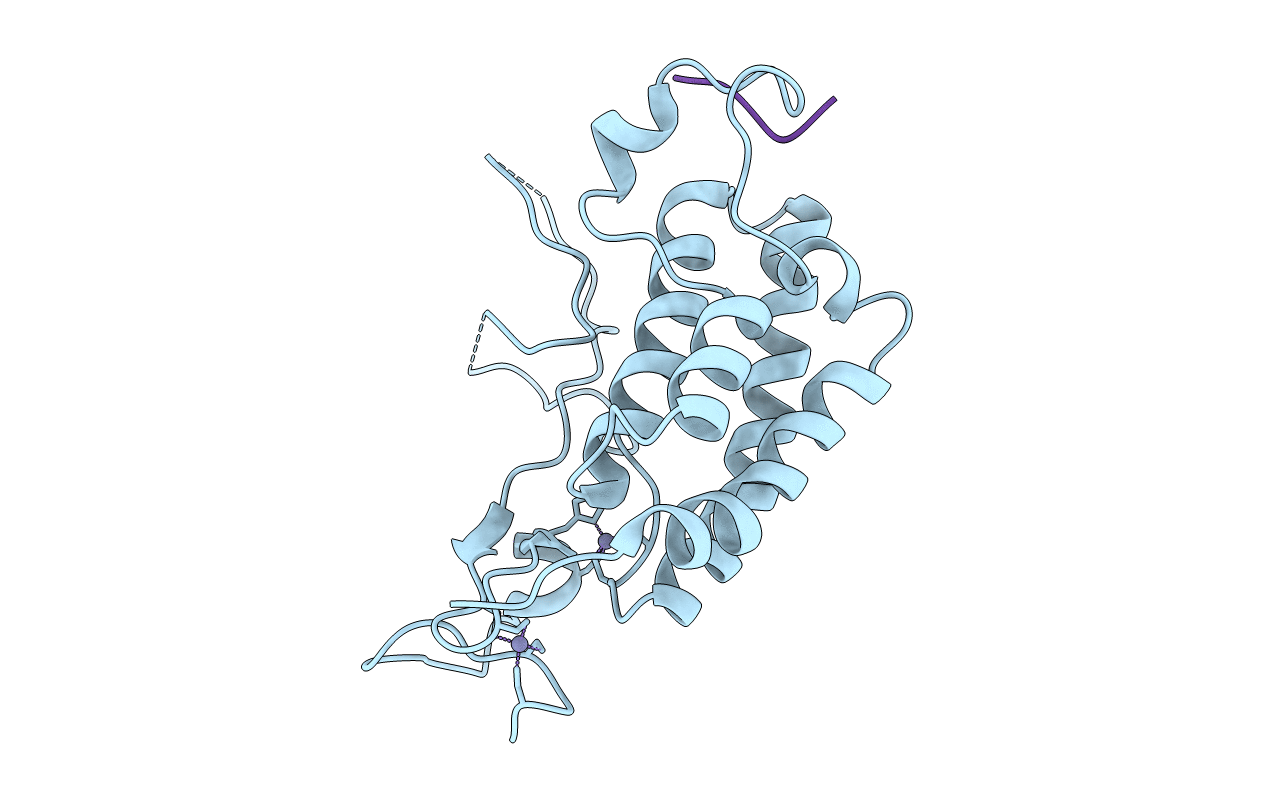
Deposition Date
2013-10-07
Release Date
2014-01-29
Last Version Date
2024-10-16
Entry Detail
PDB ID:
4N3W
Keywords:
Title:
Crystal Structure of the Bromodomain-PHD Finger Module of Human Transcriptional Co-Activator CBP in complex with Acetylated Histone 4 Peptide (H4K20ac).
Biological Source:
Source Organism:
Homo sapiens (Taxon ID: 9606)
Host Organism:
Method Details:
Experimental Method:
Resolution:
1.90 Å
R-Value Free:
0.28
R-Value Work:
0.23
R-Value Observed:
0.23
Space Group:
C 1 2 1


